当前位置:网站首页>Chisel tutorial - 01 Introduction to Scala
Chisel tutorial - 01 Introduction to Scala
2022-07-07 23:41:00 【github-3rr0r】
Scala Introduce
What is? Scala
Scala It is a programming language that supports general programming paradigm , choice Scala The reasons for being a hardware development language are as follows :
- It is hosted embedded DSL A good language ;
- It has a powerful and elegant Library , Used to process various data sets ;
- There is a strict type system , Help early in the development cycle ( namely , Compile time ) Catch a large class of errors ;
- A way with powerful expression and transmission functions ;
- Chisel Than
Chipel、ChijelandChicelMore palatable .( Here is a stem ,Chisel The whole journey is Constructing Hardware in a Scala Embedded Language, Here is the Scala Replaced with other languages , Such as Python,Java,C etc. , The abbreviation also changed )
In the discussion Chisel These points will become obvious when , But first of all, understand Scala Basic code reading and writing .
Variables and constants ——var and val
The statement to create a variable uses var(variable) Key words as a starting point , For constant creation val(value) key word .
Variables are variable , Constant is constant , Use constants whenever possible , Reduce errors and difficulties in reading caused by reusing variables .
Example :
var numberOfKittens = 6
val kittensPerHouse = 101
val alphabet = "abcdefghijklmnopqrstuvwxyz"
var done = false
Be careful :
- There is no need to add a semicolon after the statement ;
- Scala Will infer semicolons when line breaks ( It is also true when a single statement is distributed on multiple lines );
- Semicolons are only needed when multiple statements are placed on a line ;
var Can be reassigned , however val Once created, it is immutable , for example :
numberOfKittens += 1
// kittensPerHouse = kittensPerHouse * 2 // This sentence cannot be compiled
println(alphabet)
done = true
Conditional statements
Scala The implementation of conditional statements is similar to other languages :
// A simple conditional statement
if (numberOfKittens > kittensPerHouse) {
println("Too many kittens!!!")
}
// You can omit braces when all branches have only one statement
// but Scala Style Guide Suggestions only exist else The curly braces are omitted when the statement
// ( Although it can be compiled, it is not recommended )
if (numberOfKittens > kittensPerHouse)
println("Too many kittens!!!")
// Here you can omit
if (done)
println("we are done")
else
numberOfKittens += 1
// There are branches with multiple lines of statements , Therefore, braces cannot be omitted
if (done) {
println("we are done")
}
else if (numberOfKittens < kittensPerHouse) {
println("more kittens!")
numberOfKittens += 1
}
else {
done = true
}
But be careful ,Scala Inside if Statement will return a value , This value is determined by the last statement of the selected branch , This is useful for initializing functions and values within classes . such as :
val likelyCharactersSet = if (alphabet.length == 26)
"english"
else
"not english"
println(likelyCharactersSet)
Here we create a constant likelyCharactersSet, But its value is given according to the condition at run time .
Method ( function )
Methods by def Keyword definition , In official documents abuse This notation is a function .
The parameters of the function are specified by a comma separated list , Include parameter name , Parameter type , Optional is the default value of the parameter .
It should be noted that , The type of return value needs to be given .
Without parameters Scala Functions do not need empty parentheses , In this way, it will be much easier to write code when class members become functions , Because some calculations are related by referencing it . By convention , Side effect free function without parameters ( Nothing will change except the return value ) Don't use parentheses , Functions with side effects ( You may change class variables or print content ) There should be brackets .
A simple statement
// A simple scaling function , Multiply the input by 2, Such as times2(3) Returns the 6
// Only one line of functions can omit braces
def times2(x: Int): Int = 2 * x
// A more complex function
def distance(x: Int, y: Int, returnPositive: Boolean): Int = {
val xy = x * y
if (returnPositive) xy.abs else -xy.abs
}
function overloading
The same function name can be used multiple times .
The parameter list and type of the function determine the signature of the function , Let the compiler decide which function should be called .
// Overloaded functions
def times2(x: Int): Int = 2 * x
def times2(x: String): Int = 2 * x.toInt
times2(5)
times2("7")
Recursive and nested functions
Braces define the scope of the code .
There may be other functions or recursive function calls within the scope of a function . Functions defined within a specific scope are only available within that scope .
// Print inverted triangle x array
def asciiTriangle(rows: Int) {
// The multiplication of strings can copy strings many times
def printRow(columns: Int): Unit = println("X" * columns)
if(rows > 0) {
printRow(rows)
asciiTriangle(rows - 1) // Here is a recursive call
}
}
// printRow(1) // The function call is not in scope , Compile not pass
asciiTriangle(6)
list
Scala Implements various aggregated or sequential objects .
Lists are similar to arrays , But it supports additional (appending) And extraction (extracting) operation .
val x = 7
val y = 14
val list1 = List(1, 2, 3)
val list2 = x :: y :: y :: Nil // Another representation of a list
val list3 = list1 ++ list2 // Append the second list to the first list
val m = list2.length
val s = list2.size
val headOfList = list1.head // Get the first element of the list
val restOfList = list1.tail // Get the list with the first element removed from the list
val third = list1(2) // Get the third element of the list , from 0 Start index
for sentence
Scala Yes for sentence , And traditional for Statements like , Values can be iterated over a range .
for (i <- 0 to 7) {
print(i + "") }
println()
If you use until Replace to, Then it will start from 0 Iterate to 6, I.e. not included 7.
for (i <- 0 until 7) {
print(i + "") }
println()
by You can specify a fixed increment , For example, this can output 0-10 Between all the integers :
for(i <- 0 to 10 by 2) {
print(i + " ") }
println()
If a collection wants to access all its elements , have access to for As iterators , and Java as well as Python It's the same inside .
Here we create a list of four random number elements , Then I add :
// This random number generation is not very elegant
val randomList = List(scala.util.Random.nextInt(), scala.util.Random.nextInt(), scala.util.Random.nextInt(), scala.util.Random.nextInt())
var listSum = 0
for (value <- randomList) {
listSum += value
}
println("sum is " + listSum)
for useful , But not the most convenient .
For example, sum the array elements , By calling comprehensions It is more convenient to calculate by the function family of .
The later part will also talk more about for And its kind .
read Scala Code
Call it efficient Chisel The designer , should :
- Able to read Scala Code ;
- Understand common naming conventions ;
- Understand common design patterns ;
- Understand common best practices ;
Chisel One of the charms of is code reuse , If you don't understand others' code, it's difficult to reuse .
It's also easier to ask for help by parsing other people's code effectively , For example, when searching online, you know how to search , How to ask questions on the Forum .
Let's start with common code patterns .
Package and import
package mytools
class Tool1 {
... }
When you need to reference a file that defines the above code , It should be :
import mytools.Tool1
Be careful : The name of the package needs to match the path level . It's not mandatory , But if you don't comply, you may have some difficulties in positioning bug.
By convention , The package name is lowercase , And does not contain delimiters such as underscores . It's not easy to get a good descriptive package name , The way is to add levels , such as package good.tools. Try to ,Chisel They will also do things that do not comply with this specification .
above ,import Statement tells the compiler that you want to use some additional libraries ,Chisel The import commonly used in programming is as follows :
import chisel3._
import chisel3.iotesters.{
ChiselFlatSpec, Driver, PeekPokeTester}
The first sentence will put chisel3 All classes and methods inside are imported ,_ Represents a wildcard .
The second sentence starts from chisel3.iotesters The specified class is imported in .
Scala It's an object-oriented language
Scala It's object-oriented , So a little understanding can help maximize Scala and Chisel The advantages of .
There are many descriptions about object-oriented , Here are some official documents :
- Variables are objects ;
- adopt
valThe constants defined are objects ; - Face value ( Fixed value ) Itself is the object ;
- Functions are also objects ;
- Object is an instance of a class ;
- in fact , stay Scala Almost everything important in , Objects in object-oriented are called instances ;
- When defining a class , The programmer specifies ;
- data (
valandvar) Associated with classes ; - The operations that an instance of a class can perform , Called a method or function ;
- Class can be extended to other classes ;
- The extended class is a superclass , Extension objects are subclasses ;
- Subclasses inherit data and methods from superclasses ;
- There are some ways for classes to extend or override inherited properties ;
- Classes can be characterized (traits) Inherit ,Traits It can be understood as a lightweight class , It is allowed to inherit specific from multiple superclasses 、 Limited ways ;
- Single case (Singleton) Object is only a special Scala class ;
- They are not the above objects , We call them examples .
Now let's have a look at Scala How to define a class in .
An example of a class
stay Scala Creating a class in can be like this :
// WrapCounter Count to the maximum value determined according to the bit size
class WrapCounter(counterBits: Int) {
val max: Long = (1 << counterBits) - 1
var counter = 0L
def inc(): Long = {
counter = counter + 1
if (counter > max) {
counter = 0
}
counter
}
println(s"counter created with max value $max")
}
Include :
class WrapCounter:WrapCounterThe definition of ;(counterBits: Int): Creating this object requires an integer parameter , By naming, you can prompt the meaning of parameters ;- Braces delimit the code block , Most classes use a code block to define variables 、 Constants and methods ( function );
val max: Long =: This class contains a member variablemax, Declare asLongtype , It is initialized when the class is created ;(1 << counterBits) - 1CalculationcounterBitsThe maximum value that bits can store , becausemaxIs created asvalThe type will not change ;- Variable
counterIs created and initialized to0L,LExpress0It's aLongType value , thereforecounterTo be inferred asLongtype ; maxandcounterAre called class member variables ;- Class method
incDefined as not accepting any parameters and returningLongThe method of value ; incThe function body of the method includes :counter = counter + 1performcounterSelf increasing of 1 operation ;if (counter > max) { counter = 0 }testcounterIs it greater thanmaxValue , If established, it willcounterSet as 0;counter: This last line is very important , The value of the expression in the last line of the code block is considered to be the return value of the code block , This return value can be used or ignored , This usage is very common , such asval result = if (10 * 10 > 90) "greater" else "lesser"It creates aval, Its value is"greater"- So in this case , function
incReturns thecounterValue ;
println(s"counter created with max value $max"): Print string to standard output . becauseprintlnIs defined directly in the code block , Is part of the class initialization code , Will be performed , That is, the output string , Every time an instance of this class creates a value, it executes ;- The printed string in this example is an interpolation (interpolated) character string :
- Before double quotation marks
sRepresents an interpolation string ; - Interpolation strings are processed at run time ;
$maxWill bemaxValue substitution ;- If
$Followed by code blocks , Any of the Scala Statements can be contained in code blocks :- such as
println(s"doubled max is ${max + max}"); - The return value of the code block will be inserted to replace
${...}; - If the return value is not a string , That will be converted to a string ,scala Almost every class or type in has a defined conversion to string ;
- such as
- Generally, you need to avoid printing things every time you create an instance to prevent a lot of annotation output , Unless you are debugging ;
- Before double quotation marks
Create an instance of a class
Scala The instance uses built-in keywords new To create :
val x = new WrapCounter(2)
Many don't use new Keywords , such as val y = WrapCounter(6), This situation requires special attention , But it needs the use of accompanying objects , It will be mentioned in detail later .
The use examples of examples are as follows :
x.inc() // counter Self increasing
// example x Member variables of are externally visible , Unless declared private
if(x.counter == x.max) {
println("counter is about to wrap")
}
x inc() // Scala It is allowed not to use points , This helps make embedded DSL It looks more natural
Code block
Code blocks are delimited by braces , A code block can contain 0 One or more lines of code , The last line will return the value .
A code block without code will return a similar null The object of , be called Unit.
Scala Code blocks are scattered throughout , For example, the body of a class definition , Definition of function method ,if The definition of the statement ,for The main body of .
Parameterized code block
Code blocks can receive parameters .
In the definition of classes and methods , These parameters look like other traditional programming languages .
In the following example ,c and s Is the parameter of the code block :
// Only one line of code block does not need braces
def add1(c: Int): Int = c + 1
class RepeatString(s: String) {
val repeatedString = s + s
}
Be careful ! There are other ways to parameterize code blocks , such as :
val intList = List(1, 2, 3)
val stringList = intList.map {
i =>
i.toString
}
The code block is passed to List Methods in class map, This method requires its code block to have a single parameter . Call the code block for each member of the list , The code block returns the members converted to strings . This way of writing is anonymous function , stay Scala Various variants are available in . More details will be given later .
Here is to help you know all kinds of symbols when you encounter them . Here is the style that the official documents tend to , Other styles may be more natural under certain circumstances . Single line code style tends to be more concise , Complex blocks usually have narrative performance .
For easier collaboration , Recommend Scala Style Guide.
Named parameters and default parameter values
Take a look at the following method definitions :
def myMethod(count: Int, wrap: Boolean, wrapValue: Int = 24): Unit = {
... }
When this method is called , You will usually see that the parameter name corresponding to the incoming value is given :
myMethod(count = 10, wrap = false, wrapValue = 23)
Using named parameters , You can even call functions in different parameter order :
myMethod(wrapValue = 23, wrap = false, count = 10)
For frequently called methods , The order of parameters may be obvious , But for less common methods , Especially Boolean parameters , Including named parameters makes the code more readable . If a method has many parameters of the same type , Using named parameters can also reduce misuse .
The class definition can also use this construction method of named parameters .
When a specific parameter has a default value ( Do not need to be covered ) When , The caller just needs to ( By name ) Pass parameters without default values . such as wrapValue The default value is 24, therefore :
myMethod(wrap = false, count = 10)
According to 24 Was passed into the same calling function .
边栏推荐
- 【7.5】15. 三数之和
- C simple question 2
- Navicat connects Oracle
- Progress broadcast | all 29 shield machines of Guangzhou Metro Line 7 have been launched
- C number of words, plus ¥, longest word, average value
- Display the server hard disk image to the browser through Servlet
- Pycharm essential plug-in, change the background (self use, continuous update) | CSDN creation punch in
- ESP at installation esp8266 and esp32 versions
- ASP. Net query implementation
- C inheritance and interface design polymorphism
猜你喜欢
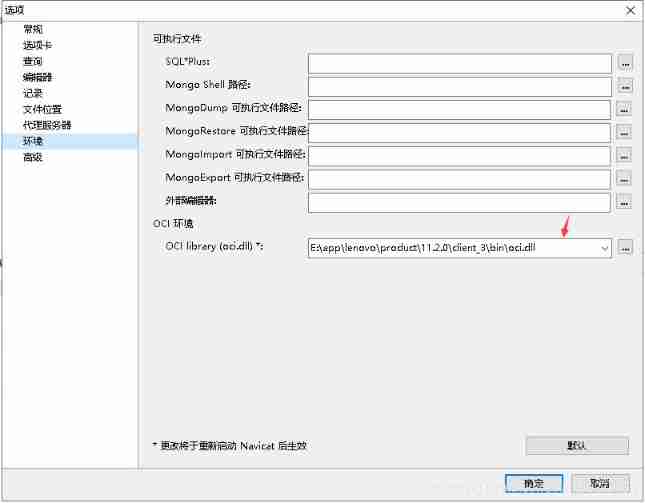
Navicat connects Oracle

ping报错:未知的名称或服务

New potential energy of industrial integration, Xiamen station of city chain technology digital summit successfully held
![[stm32+esp8266 connect Tencent cloud IOT development platform 2] stm32+esp8266-01s connect Tencent cloud](/img/78/3cc67a28872ff4d465484cbaee2f6e.jpg)
[stm32+esp8266 connect Tencent cloud IOT development platform 2] stm32+esp8266-01s connect Tencent cloud
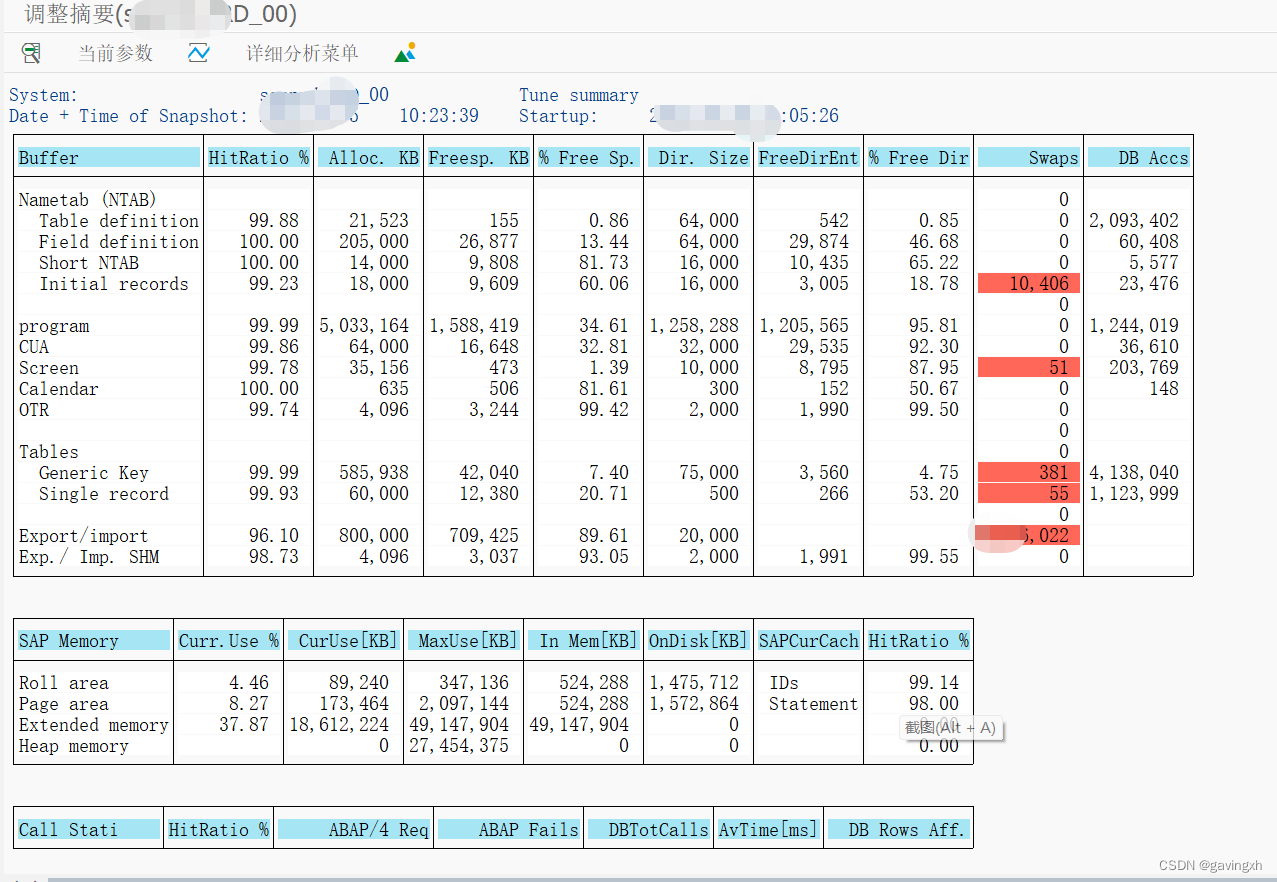
SAP 内存参数调优过程
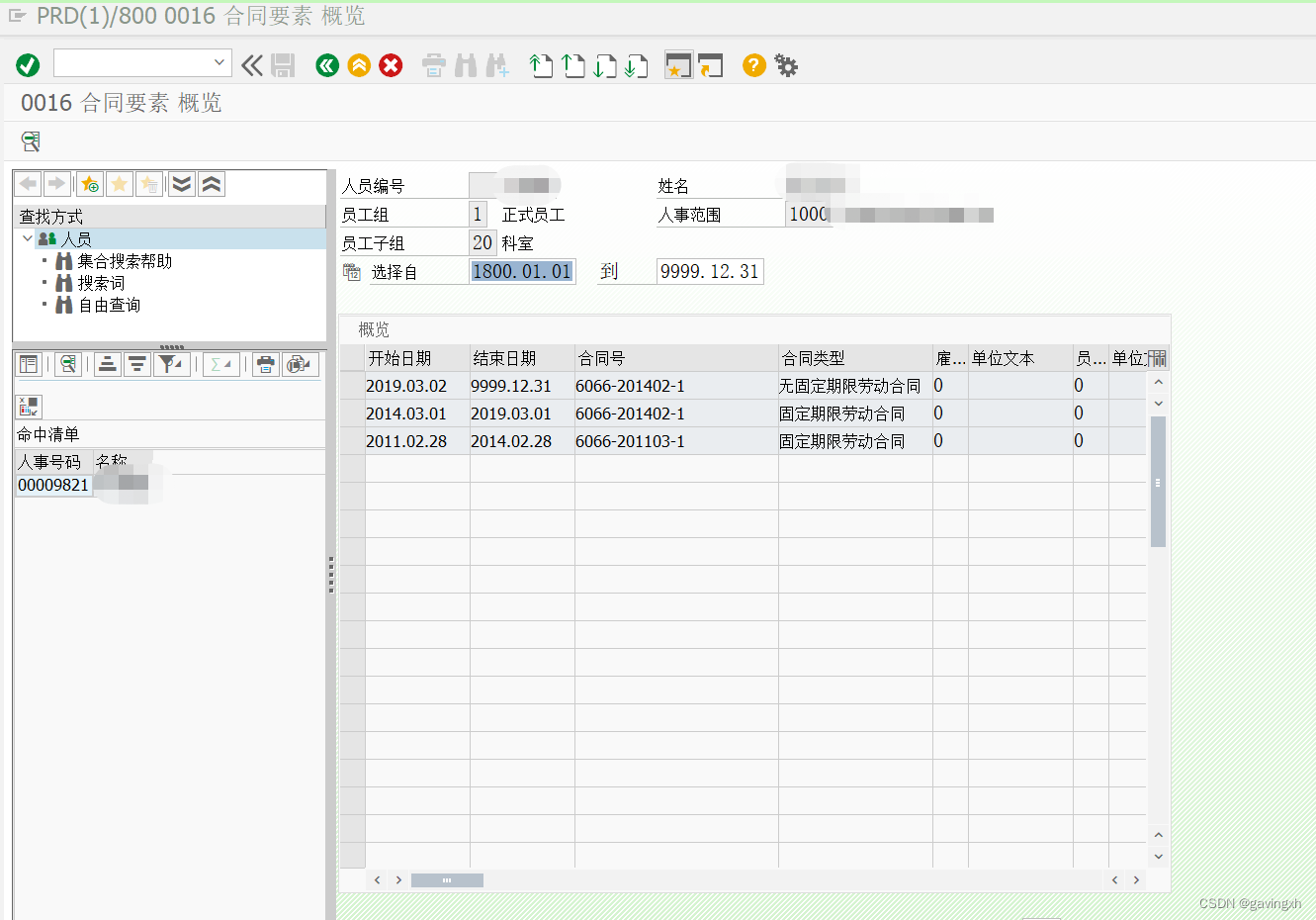
SAP HR labor contract information 0016
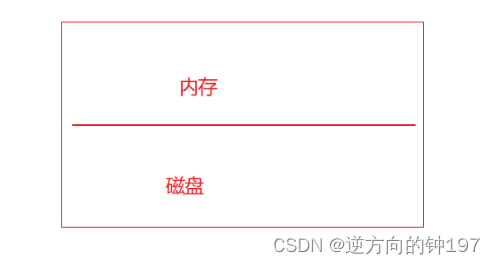
MongoDB快速入门

Flash encryption process and implementation of esp32
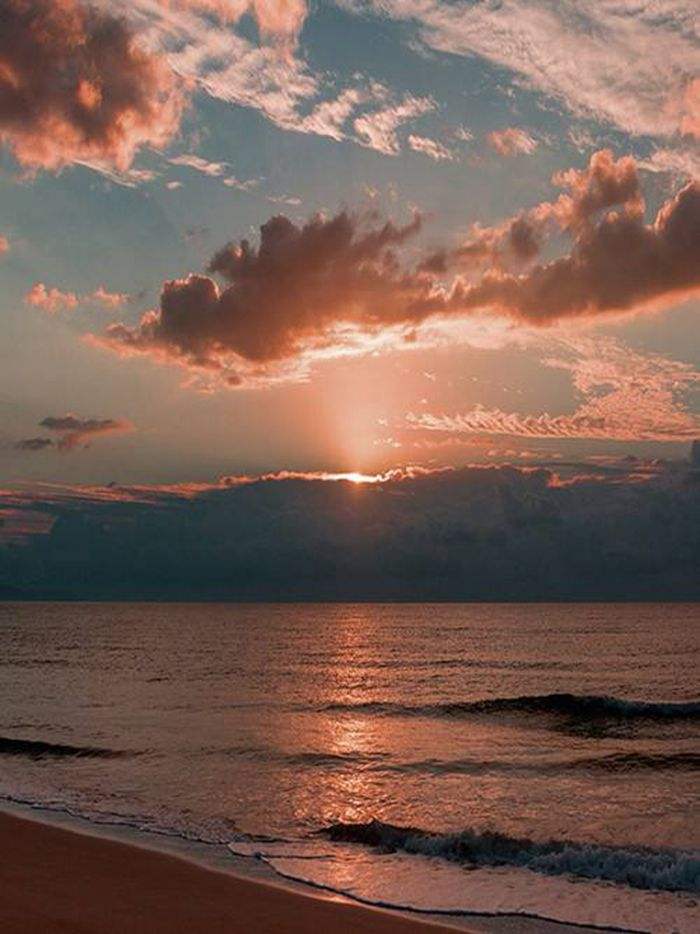
Markdown

MySQL Architecture
随机推荐
HB 5469民用飞机机舱内部非金属材料燃烧试验方法
USB (XVIII) 2022-04-17
C number of words, plus ¥, longest word, average value
0-1背包问题
受限线性表
[STM32 + esp-12s connect Tencent cloud IOT development platform 1] creation of cloud platform and burning of at firmware
What if once again forgets the login password of raspberry pie? And you don't have a monitor yet! Today, I would like to introduce a method
解析token的网址
Dataguard 主备清理归档设置
ASP. Net core middleware request processing pipeline
How to change the formula picture in the paper directly into the formula in word
Summary of SQL single table query 2020.7.27
Navicat connects Oracle
Extract the file name under the folder under win
Dependency injection 2 advantage lifecycle
Class C design questions
P1055 [noip2008 popularization group] ISBN number
二叉排序树【BST】——创建、查找、删除、输出
Live-Server使用
【7.5】15. 三数之和